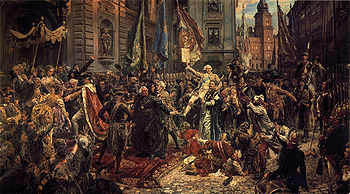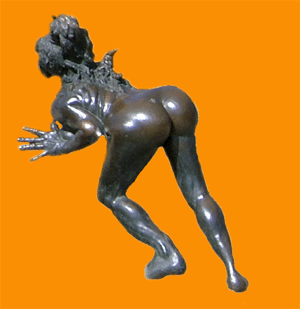May 4

A small cloud has fallen
The white mist hits the ground
My lungs comfort me with joy.— Green Day, by Green Day
Ok, the above’s not a Japanese haiku, nor is about today’s holiday. (It bears more in common with one that takes place on 4/20) But today is “Midori no Hi”—literally Green Day, or Greenery Day. Midori means Green—hence the green, melon-based liqueur—and Hi means Day.
Greenery Day (Midori no Hi) originated from the celebration of the birthday of the late Emperor Hirohito, who reigned for most of the 20th century. In Japan, he’s known as the “Showa” Emperor. Showa means harmony, or enlightened peace, or the “search for balance between two different, often opposing elements”. (It is also a Japanese glove company.)
In Japan, the reigning Emperor’s birthday is a national holiday; after the Showa Emperor died in 1989, the Japanese people wanted to continue celebrating his birthday (April 29). They chose the name Greenery Day after the late Emperor’s love of nature. Between 1989 and 2006, Greenery Day was celebrated on April 29.
Beginning in 2007, the Japanese government renamed April 29 “Showa no Hi” (Showa Day) to formally honor the late Emperor, and moved Greenery Day to May 4.
Why May 4?
May 4 was already a holiday (and no we’re not talking about Star Wars Day). May 4 falls between two major holidays, Constitution Day and Children’s Day. And in Japan, any day that falls between two holidays is a holiday itself. [My kind of country. –Ed.] Besides, Greenery Day sounds better than Generic National Holiday.
Falling in the middle of Spring, Greenery Day is a time to commune with nature and enjoy the outdoors.
Showa Day, Constitution Day, Greenery Day, and Children’s Day make up what’s known as Golden Week in Japan. (Technically, Showa Day is an independent holiday, not part of Golden Week, but we’re not technical here.) Golden Week is one of, if not the biggest week for travel in the Japanese calendar. It makes American Thanksgiving look like a Wednesday in February. So if you’re traveling in Japan this week, hopefully you made all your arrangements in the Bronze Age.
















